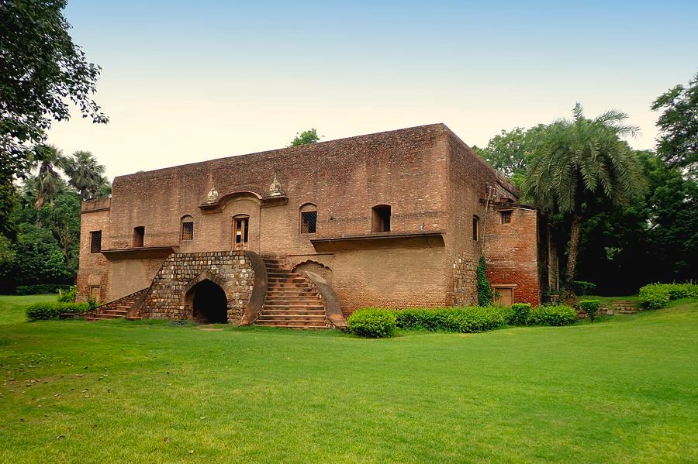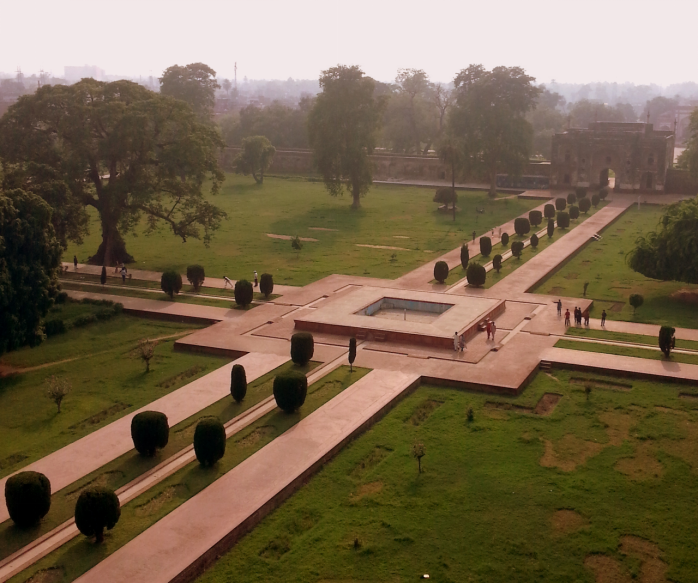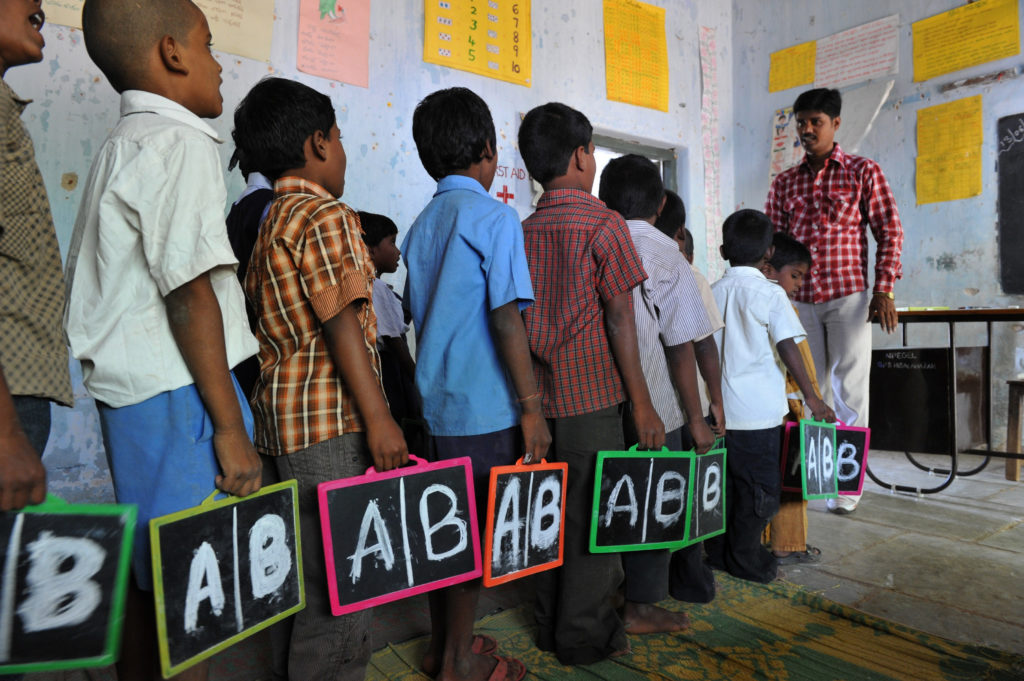- Courses
- GS Full Course 1 Year
- GS Full Course 2 Year
- GS Full Course 3 Year
- GS Full Course Till Selection
- Answer Alpha: Mains 2025 Mentorship
- MEP (Mains Enrichment Programme) Data, Facts
- Essay Target – 150+ Marks
- Online Program
- GS Recorded Course
- Polity
- Geography
- Economy
- Ancient, Medieval and Art & Culture AMAC
- Modern India, Post Independence & World History
- Environment
- Governance
- Science & Technology
- International Relations and Internal Security
- Disaster Management
- Ethics
- NCERT Current Affairs
- Indian Society and Social Issue
- NCERT- Science and Technology
- NCERT - Geography
- NCERT - Ancient History
- NCERT- World History
- NCERT Modern History
- CSAT
- 5 LAYERED ARJUNA Mentorship
- Public Administration Optional
- ABOUT US
- OUR TOPPERS
- TEST SERIES
- FREE STUDY MATERIAL
- VIDEOS
- CONTACT US
Qudsia Bagh
Qudsia Bagh
17-04-2024

Qudsia Bagh in North Delhi was recently renovated as part of the Delhi Development Authority's Yamuna Floodplain Revitalization Project.
About Qudsia Bagh:
- Construction: Built in 1748 by Qudsia Begum, the wife of Mughal Emperor Mohammad Shah Rangeela.
- Location: Situated in North Delhi.
- Architectural Style: Designed in the Persian char-bagh style, characterized by a quadrilateral layout.
- Remaining Structures: Remains of the garden include the grand western gateway, the Qudsia Mosque and some carved red sandstone pavilions.
- Entrances and Facade: Original entrances were built using red sandstone, plastered with limestone, and Equipped with pointed arches displaying floral patterns.
- Historical Significance: Qudsia Bagh played a role in the First War of Independence of 1857, resulting in its destruction and damage during the events.
FAQs:
Q: What is Charbagh Structure ?

- The Charbagh structure is a Persian-style garden layout that features a main building at the center of a quadrilateral garden.
- The garden is divided into 4 smaller sections by walkways or flowing water.
- The name Charbagh comes from the Persian and Urdu words chāhār bāgh, which means "4 Bāghs" or "4 gardens".
- The Charbagh structure is significant in Islamic architecture as a symbol of paradise. It reflects the Quranic description of heaven. The Mughals brought the Charbagh style to India, and some of the most famous examples of this style include the Taj Mahal and Humayun's tomb.
Here are some other examples of the Charbagh style:
- Aram Bagh: Built by the Mughal Emperor Babur in 1528, this is the oldest Mughal Garden in India.
- I'timād-ud-Daulah: This mausoleum is located in Agra and is another example of the Charbagh style.
Nishat Bagh: Built in 1634 by Mirza Abul Hassan, this garden has 12 terraces, possibly representing the zodiac signs.
Must Check: Best IAS Coaching In Delhi



